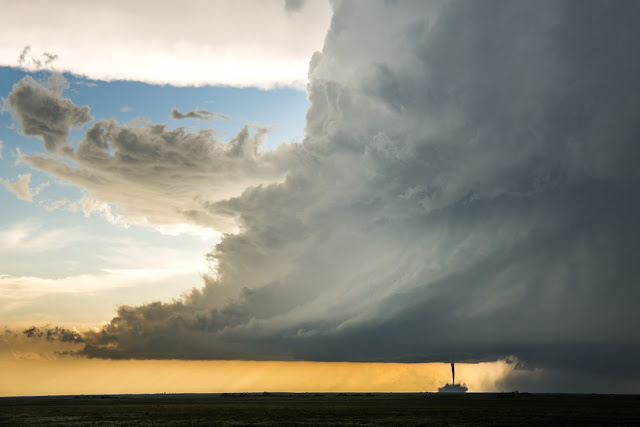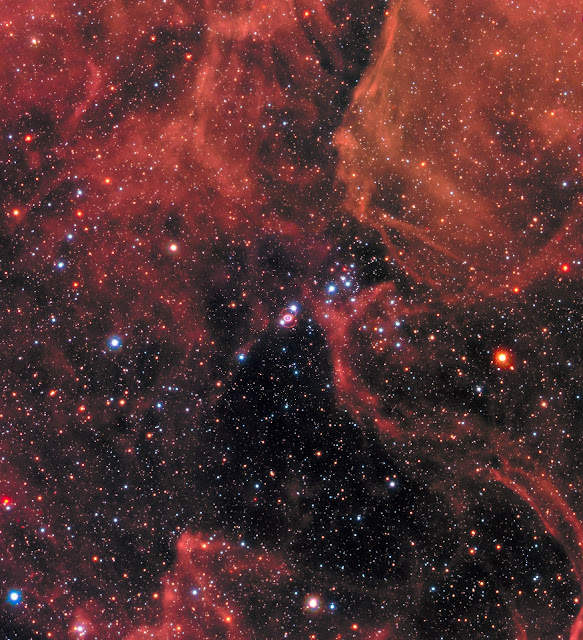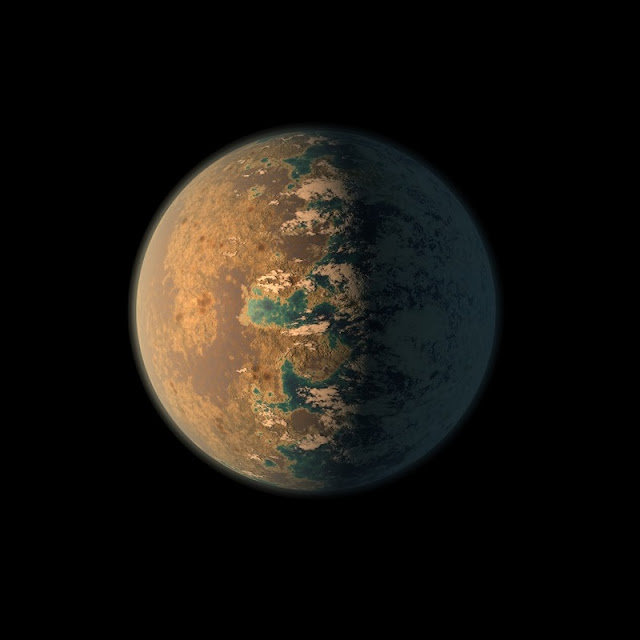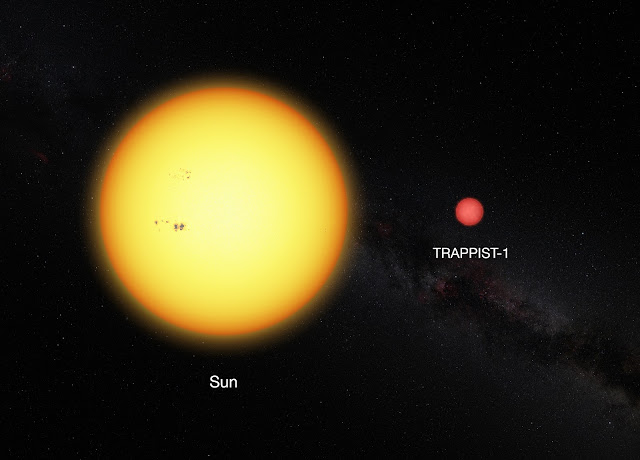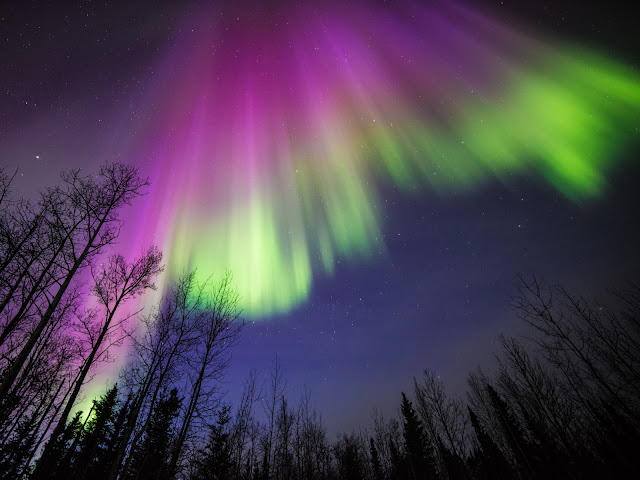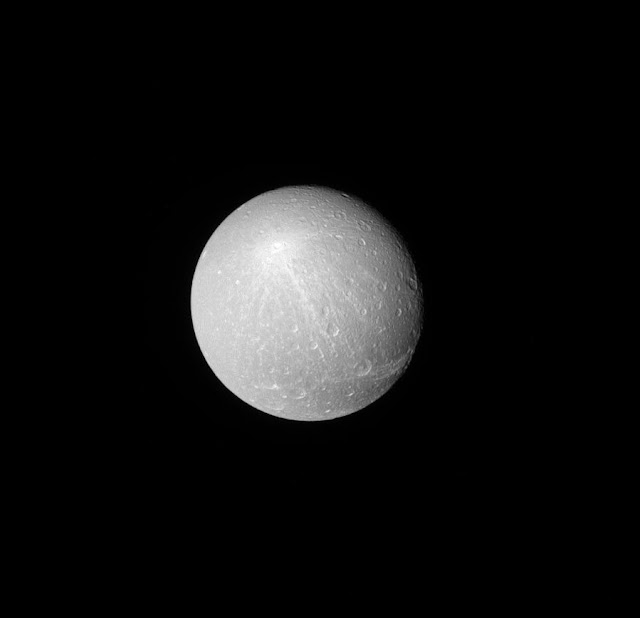Triple-Star System HD 188553
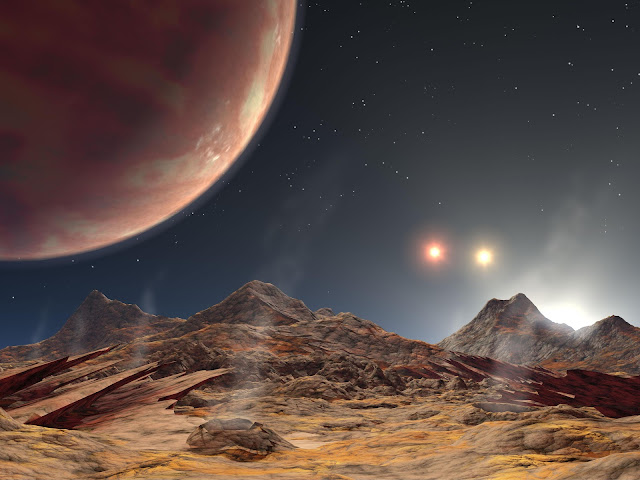
This artist's animation shows the view from a hypothetical moon in orbit around the first known planet to reside in a tight-knit triple-star system. The gas giant planet, discovered using the Keck I telescope atop Mauna Kea in Hawaii, zips around a single star that is orbited by a nearby pair of pirouetting stars. A NASA-funded astronomer has discovered a world where the sun sets over the horizon, followed by a second sun and then a third. The new planet, called HD 188753 Ab, is the first known to reside in a classic triple-star system. "The sky view from this planet would be spectacular, with an occasional triple sunset," said Dr. Maciej Konacki (MATCH-ee Konn-ATZ-kee) of the California Institute of Technology, Pasadena, Calif., who found the planet using the Keck I telescope atop Mauna Kea mountain in Hawaii. "Before now, we had no clues about whether planets could form in such gravitationally complex systems." The finding suggests that planets are more robus...



